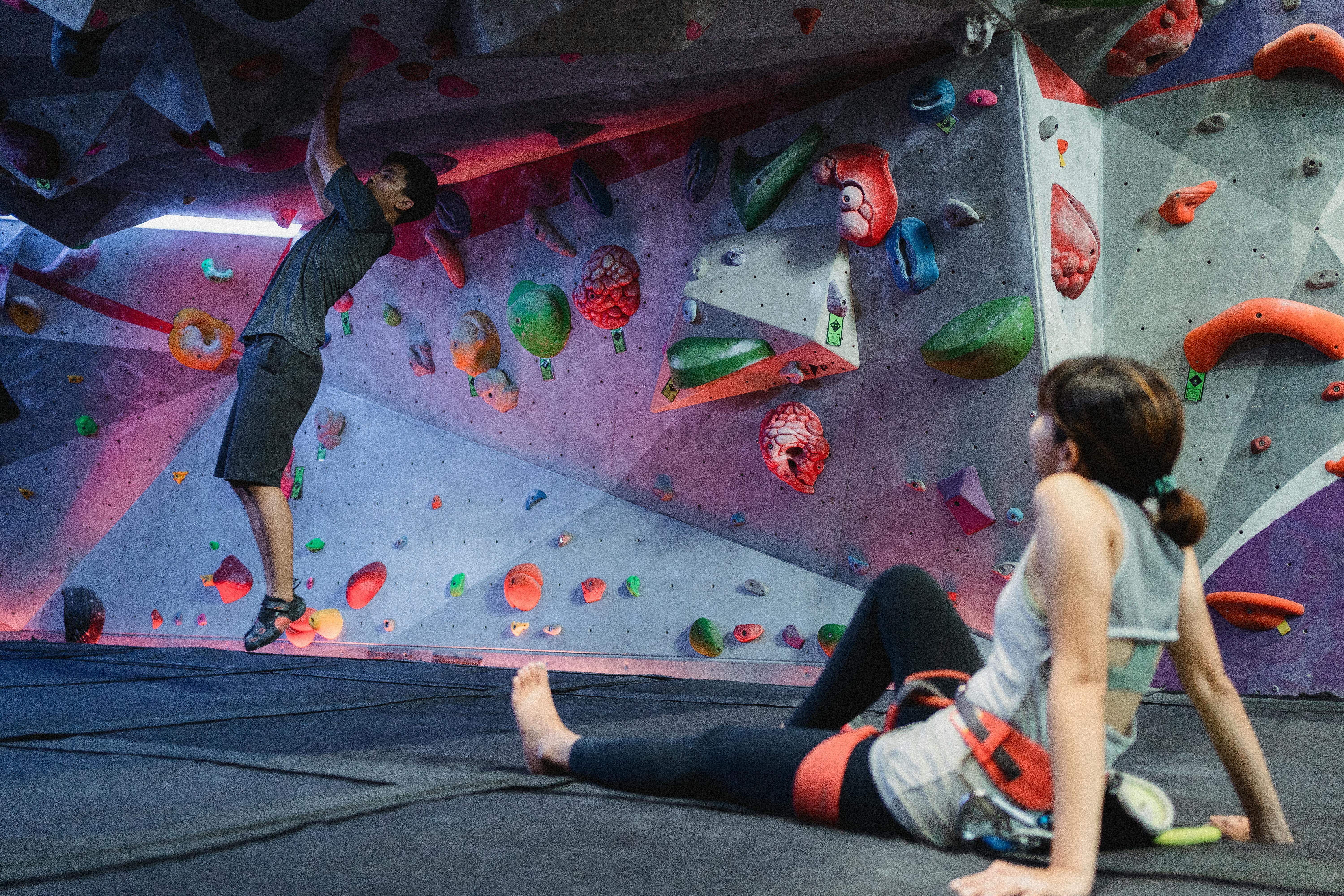1) First, how long after an amputation can a prosthesis be installed?
If, when removing the stitches after amputation surgery, the wound heals well and there is no swelling or edema, the amputee may consider fitting a prosthesis.
2) Second, what should prosthetic wearers pay attention to?
Lower leg amputees should focus on strengthening flexion and extension of the knee muscles, and especially extensor (quadriceps) muscle strength. This will help lower leg amputees to walk briskly when wearing a prosthesis. Prosthetic wearers should first do a standing balance workout, then a step workout, followed by a walking workout, an ascent and descent workout, an incline workout, and then another adaptation workout.
For amputees who are wearing a prosthesis after an amputation, these are the following recommendations:
1. Maintain a stable weight. Weight gain or loss that exceeds a certain range will result in a prosthetic fit that is too tight or too loose.
2. Avoid stump muscle atrophy. The amputee should train the residual limb muscles under the guidance of a physical therapist.
3. Keep the stump skin and prosthetic socket clean, protect the stump skin from inflammation, folliculitis, boils, ulcers, dermatitis, allergies, etc.
Amputees should always clean their stump and keep it dry and clean.
4. Protect the prosthesis from large external extrusions, collisions and high temperature or humidity, etc. (except waterproof prostheses).
5. If you notice abnormalities when wearing a prosthesis, you should stop wearing it immediately and contact a hospital immediately. You should not allow anyone to handle or repair it yourself, as this will help prevent accidents.
3) Third, preparation before using a prosthesis.
1. Physical preparation
(1) Improve upper limb joint movement area to (eliminate contracture) and increase muscle strength.
(2) Improves stump skin strength (especially weight bearing skin).
(3) Eliminate edema on the stump.
(4) Improve muscle strength of healthy lower and upper extremities and trunk.
(5) Improves the feeling of balance.
2. Mental preparation
(1) The amputee must establish the idea (motivation) to use an artificial limb to walk or retrieve objects.
(2) The amputee must understand the need for and methods of stump care (to prevent contractures, swelling, scrapes, and infections).
(3) The amputee must understand the structure and function of prostheses.
(4) The amputee must understand the need and methods for maintenance of the prosthesis.
(5) The amputee must understand the procedures, content, and purposes of the training.
4) Fourth, the requirements for mounting the prosthesis on the stump.
1. The residual limbs must be of adequate length to ensure there is sufficient leverage and good muscle control force (for forearm or upper arm amputation, 1/3 of the middle and lower border is better; for amputation of the lower or upper leg, 1/3 of the middle and lower edge is better).
2. The remaining joint should preserve as much as possible its original physiological function, without presenting any deformity due to contracture.
3. The stump should be free of tenderness, bone spurs, or neuromas.
4. The stumps must have a skin in good condition, healthy and level, with less adhesion of scars and without ulcers. The skin must also have adequate mobility and
flexibility.
